Synonyms of bravery: Martyrs who became symbols

It's been barely a year since July 2024, yet it feels like an eternity. The smoke clouding the sky, the gunshots, the sounds heard across the country — all seem like distant memories. Our minds have a strange way of handling trauma, and erasing recollections is just another coping mechanism. However, no matter how fleeting our minds are, the collective conscience of the nation remembers the martyrs — brave individuals who sacrificed their lives so that we can have a country that is fair and just.
The Language Movement of 1952 have historically inspired many of the uprisings that have followed. Abdus Salam, Rafiq Uddin Ahmed, Abul Barkat, and Abdul Jabbar are the names that come to mind as soon as someone mentions 21st February. Of course, there were many more, and as history teaches us, the language movement was not just confined to Dhaka.
The death of the three added momentum to the struggle, and the movement peaked on 22nd February 1952. Shafiur Rahman, another notable martyr, was shot the next day along with other students.
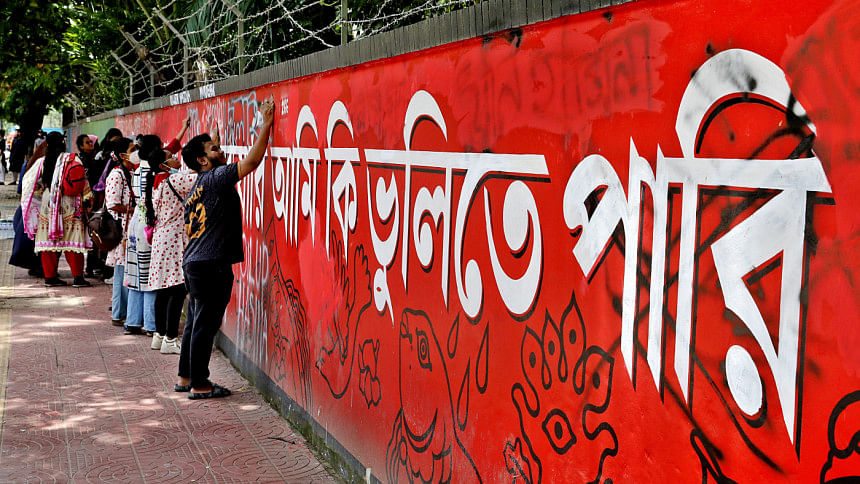
I still cannot fathom how a government can be so unreasonable as to shoot its own people over something as simple as demanding recognition for their mother tongue. Later in our history, other souls have become iconic symbols of political movements.
Amanullah Asaduzzaman was gunned down by police during the events of 1969, and today we commemorate the day as Shaheed Asad Day. Our war of independence in 1971 had thousands of martyrs. And it is a cruel play of fate that even though we send our prayers and respect to all, a complete list of martyrs is yet to be compiled.
The Seven Bir Sreshthos ('The Most Valiant Hero') are our national heroes who fought and died bravely for the country. As a child, I marvelled at the bravery of Flight Lieutenant Matiur Rahman and that of Hamidur Rahman. I remember trying to picture him with a grenade in hand, his close combat with the Pakistan army, and then him bleeding to death, yet not giving up. Then there was Shafi Imam Rumi, who could have achieved everything in life, but instead chose to serve the country and paid with his life. I recall reading about each one of them and thinking how these real-life heroes were bigger than the heroes of any epics we have read.
Turning the pages of history, we also learn of Shaheed Noor Hossain and how he was killed on 10 November, 1987.

"Swairachar nipat jak, Gonotantra mukti pak" (Down with autocracy, let democracy be freed) were the words on his chest and back and this, for us, became a symbol of retaining a belief in your core and standing up for it.
Our younger generations were inspired by all of these, as we saw in July of 2024. We witnessed people protesting like Noor Hossain, using their own bodies as a canvas against oppression. We saw how people came forward and how hundreds of them died. Some still remain nameless!
Shaheed Abu Sayed's arms spread, standing defiantly in the face of oppression and gunpoint, remind us what July took from us.
Every time you see his photos, it triggers something in us. During those fateful days of July, Abu Sayed's sacrifice fuelled our people with the melancholy-filled rage that we needed to master up our courage.

Mir Mahfuzur Rahman Mugdho is another name that is now synonymous with the Monsoon Movement. Everywhere you see his photograph, you see him with a graceful smile. "Pani lagbe, Pani?" — those words mean so much more now. It's now more than a simple offer for water; it's a reminder that something noble can be so simple, yet the impact can be so powerful.
This attempt of ours does not contain an exhaustive list of the martyrs. Nor is it possible to name every one of them. There are hundreds, and many of them remain nameless to this day. We pay our tribute and respect to each and every one of them and pray for the salvation of their souls. Let this be our silent promise: to create a country that they can be proud of.

 For all latest news, follow The Daily Star's Google News channel.
For all latest news, follow The Daily Star's Google News channel. 

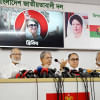
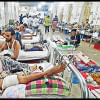

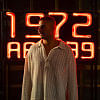
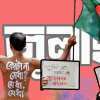


Comments